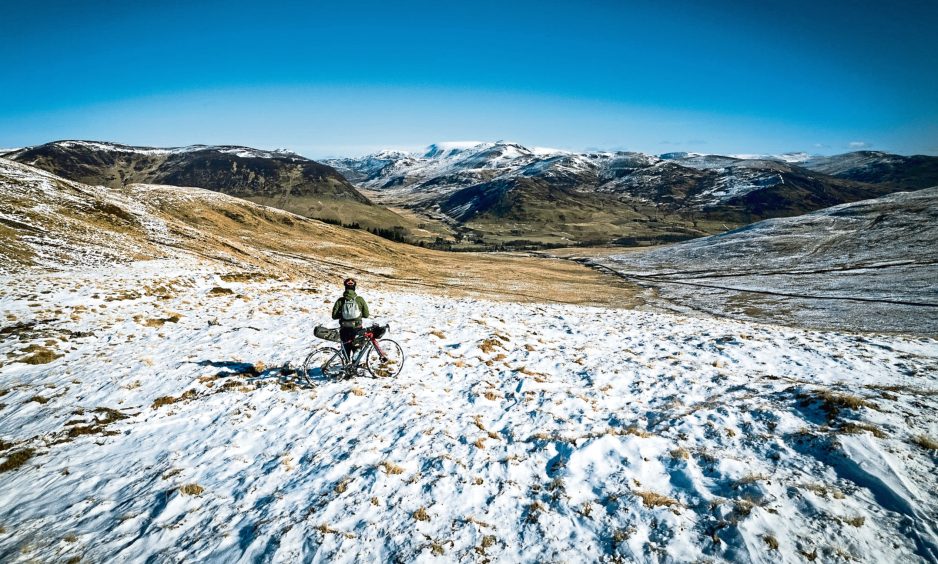
He is the founder of Bikepacking Scotland and best mates with Blairgowrie-born cycling champion Mark Beaumont.
Markus Stitz, 44, is also the first person to ride a single speed bicycle round the world and a keen filmmaker.
His latest project? Shooting a film about the Cateran Ecomuseum entirely from his bike.
At less than four minutes long, it packs a punch.
It’s a true feast for the eyes, with sweeping drone footage of spectacular Perthshire and Angus scenery, and the folk who work and live there – as well as the wildlife that thrives there.
The title, From Deep Time to Our Time, is inspired, says Markus, by “looking back, and looking forward, to our time.”
“The Cateran Ecomuseum is such an inspiring project,” reflects the 44-year-old, who made a film with Mark Beaumount – Explore Your Boundaries – charting their lockdown cycling adventures back in 2021.
“I wanted to showcase the beauty of the landscape, the friendliness of the people, but also to get people to rethink where tourism is heading.”
Cateran Ecomuseum
Essentially, the “sites” within the ecomuseum are mostly outside – it’s a museum “without walls”, and the antithesis of a static, indoor repository created by an elite group.
The ecomuseum concept was launched in 2019 by Clare Cooper, an Alyth-based business owner and independent cultural producer.
Magic of Cateran Country
She wanted to cast a spotlight on the magic of Cateran Country – a captivating area of Perthshire and Angus, which, for many people, remains a mystery.
It was Clare who commissioned Markus to make the film with the ambition of promoting the ecomuseum as a leading destination for “regenerative tourism”.
The hope is that those who visit will do so sustainably, in terms of how they travel there, and how they engage with communities, and what produce they buy.
Entire film shot from a bike
It’s fitting, then, that Markus – who recently became a co-director of the ecomuseum alongside Clare – opted to shoot the whole film from his bike.
He began filming in March, in the chilly, final days of winter. He finished up at the end of October, after one of the big autumn storms.
This allowed him to portray the ecomuseum in all seasons and in all conditions – whether snow, frost, ice, sun or heavy, seemingly endless, rain.
As he lives in Edinburgh, he was determined to demonstrate that he used low carbon to travel and film.
“I can carry all filming equipment on the bike – I’ve done this for other projects,” he explains.
“I used the Ember electric bus to travel to Perth, jumped on my bike at Walnut Grove and cycled to all locations. There was only one exception.
“Just before the storm I travelled by bus to Dundee, and then on by bus to Alyth, but cycled from there all the way to the Spittal of Glenshee.”
What is ‘regenerative tourism’?
So what about regenerative tourism? That’s the main theme of the film, explains Markus.
“People have been travelling for centuries, but travelling with tourism as a primary motive has only developed into one of the most important economic sectors worldwide over the past few decades,” he explains.
“This hasn’t been without negative impacts. Tourism has major environmental impacts, such as biodiversity loss, landscape impact, and so on, and social impacts such as overtourism.
“Regenerative tourism and the idea of ‘building back better’ is a concept that has increasingly received attention as a new way to travel.”
Travelling in different, more eco-friendly ways, works for Markus on a “very personal level”.
“While the physical effort to film this project was noticeable, being out in nature made me calm, and really helped me to appreciate those special moments when I was travelling,” he says.
“The main messages are really to rethink, restore, and regenerate – and to enjoy the Cateran Ecomuseum in low carbon ways, whether walking, cycling, fishing, or sampling local produce. All of those have a low impact. And that is so important for our future.”
The film was mainly funded by Paths for All and Inspiring Scotland – as part of the next phase of the Cateran Ecomuseum’s programme for 2024 and beyond.
It’s available to watch free on Markus’s YouTube channel – youtube.com/reizkultur – and on the Cateran Ecomuseum website and various social media channels.
‘A rethink is needed’
“Ultimately we need to make changes,” stresses Markus.
“But from personal experience, long-term behaviour changes need to come from within us, not because someone tells us to do something.
“I hope the film makes people rethink what they do, how they travel, or how they simply get around for smaller trips, like going to the shops.
“If you are lucky enough to live in the area of the Cateran Ecomuseum, which extends from Coupar Angus in the south and Spittal of Glenshee and the Southern Cairngorms National Park in the north, then walking and cycling can be great ways to explore the area on your doorstep.”
How to get to the Cateran Trail
Anyone visiting who fears it might be a bit more tricky to get to this special area need not worry – Markus assures there are buses, plus there’s the option of cycling here for those who wish to follow in his pedal-clad steps.
“I think it’s important we see people out doing those activities, and that hopefully others can picture themselves following their example, and make changes,” he adds.
“There’s such stunning diversity in different landscapes throughout the Cateran Ecomuseum, plus lots of local businesses offering great food and services. There’s so much to explore and enjoy and you can do so in every season.”
Dirt Dash
Much of the cycling featured in the film was filmed during the Cateran Dirt Dash, a self-supported bikepacking event run over two days in the summer, taking riders around the dramatic scenery in the Cateran Ecomuseum.
The event was organised by none other than Markus – in tandem with Charlie Hobbs, who created the Dirt Dash concept in Dorset.
“My work is taking many shapes, from filmmaking to writing books to designing routes,” explains Markus.
“But I was also keen to establish an event within the ecomuseum that embodies everything I stand for.
“And for me the Cateran Dirt Dash is exactly that. Starting and finishing in Alyth, the event took people to almost all those places featured in the film. And by cycling with like-minded people, they can share the experience.”
Ecomuseum concept
The Cateran Ecomuseum is the second ecomuseum in Scotland (the other one is in Skye) and it’s the only one on the Scottish mainland.
The concept isn’t new – it originated in France in the 1970s and it’s thought there are around 300 ecomuseums worldwide.
Designed to reveal the hidden history of Cateran Country by the community who live here, the Cateran Ecomuseum tells the story of its people, places and landscapes from pre-history to the present day.
Often described as “the Highlands, the Lowlands, and everything in between”, the region has so much to discover, from stone circles and prehistoric burial cairns to castles, tower houses and drove roads, to ancient hunting forests, lochs, waterfalls, hills and glens.
Situated on the Highland Boundary Fault – the great geological feature that divides the Scottish Highlands from the Lowlands – the ecomuseum’s human history stretches back through millennia with sites identified from Neolithic times.
It covers around 370 square miles and the community council areas of Alyth, Blairgowrie, Mount Blair, Kirriemuir and Angus West.
More than 1,600 sites of interest in the ecomuseum
The ecomuseum boasts more than 1,600 sites of historical and archaeological interest including stone circles, Pictish Stones and rare longhouses, tower houses, kirks, prehistoric burial cairns, castles, military and drove roads and bridges, as well as ancient hunting forests, lochs, waterfalls, hills and glens.
There are unknown stories surrounding the legends of King Arthur, Irish giant Finn mac Cumhaill and the contemporary Scottish traveller community to be discovered.
There are events linked to the Jacobite rebellions and fables of the Caterans themselves – the Highland cattle raiders who were the scourge of Strathardle, Glenshee and Glenisla from the middle ages to the 18th Century.
There are walks, trails and breathtakingly beautiful drives including the Snow Roads Scenic Route, a 90-mile journey from Blairgowrie through the heart of the Cairngorms National Park.
- The film can be watched on Markus’s YouTube channel here.
- The 2024 Cateran Dirt Dash in on May 4. See dirtdash.cc/caterandash/
- As well as flagging up sites to explore via the dedicated Cateran Ecomuseum website, local experts, including Markus, have designed itineraries for walking, cycling and driving. For inspiration see cateranecomuseum.co.uk/
- All sites in the Ecomuseum are outside, although there’s one small exception, however, with Alyth Museum recently being included in the concept.
- Markus founded Bikepacking Scotland in 2017.
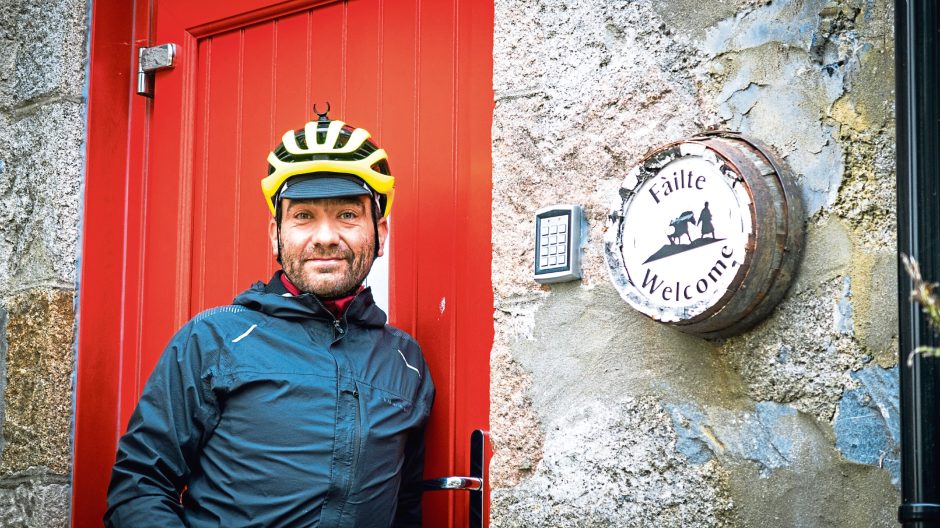
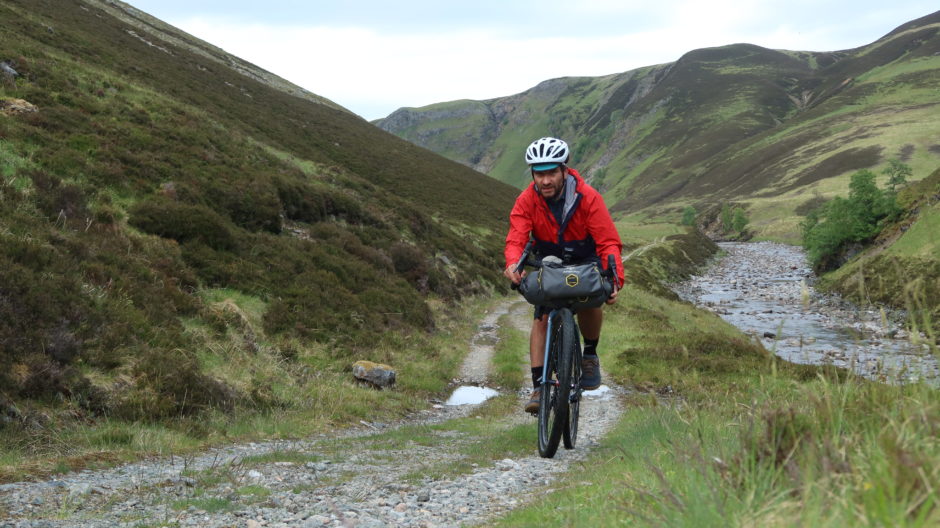
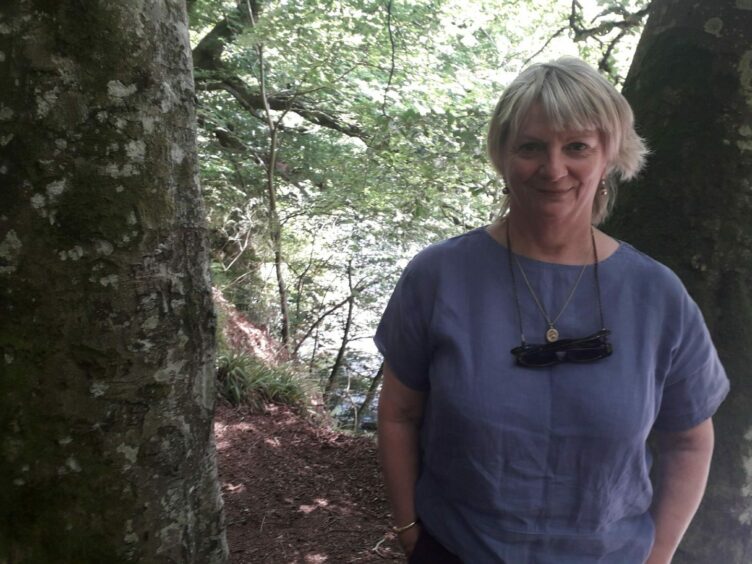
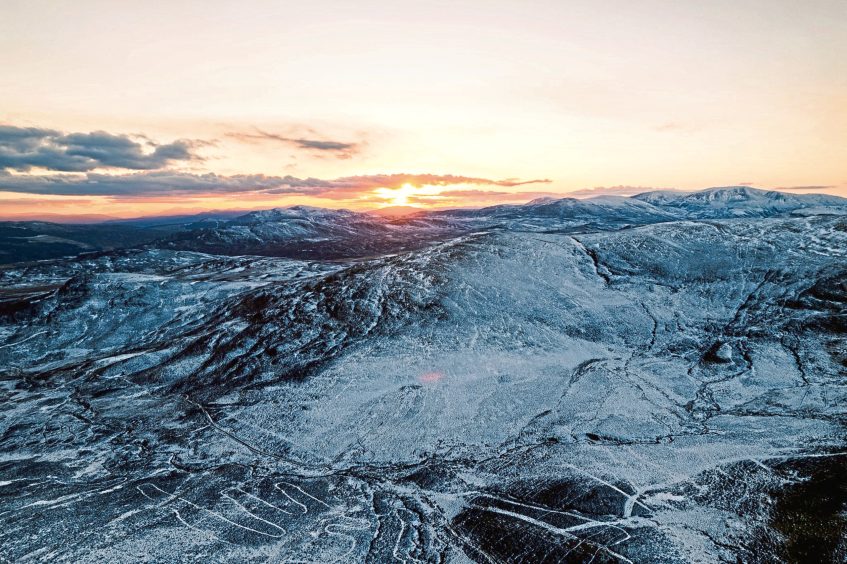
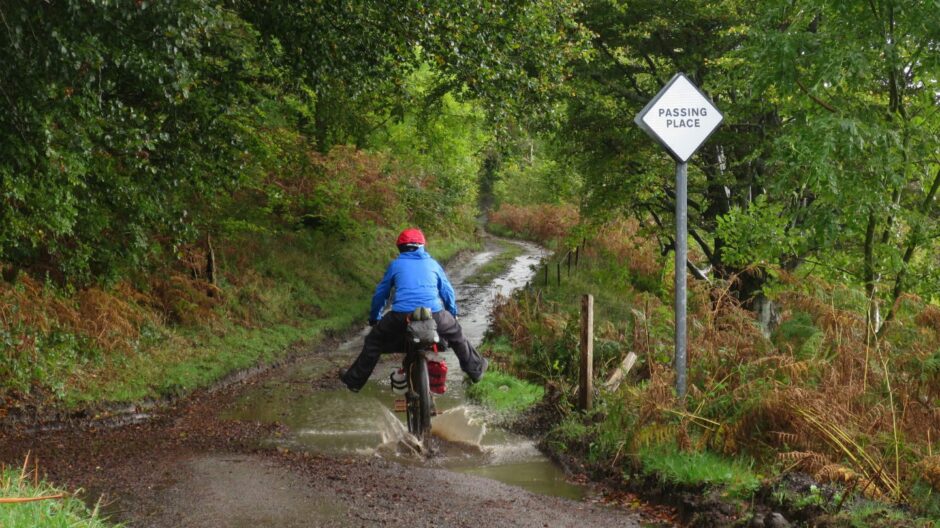
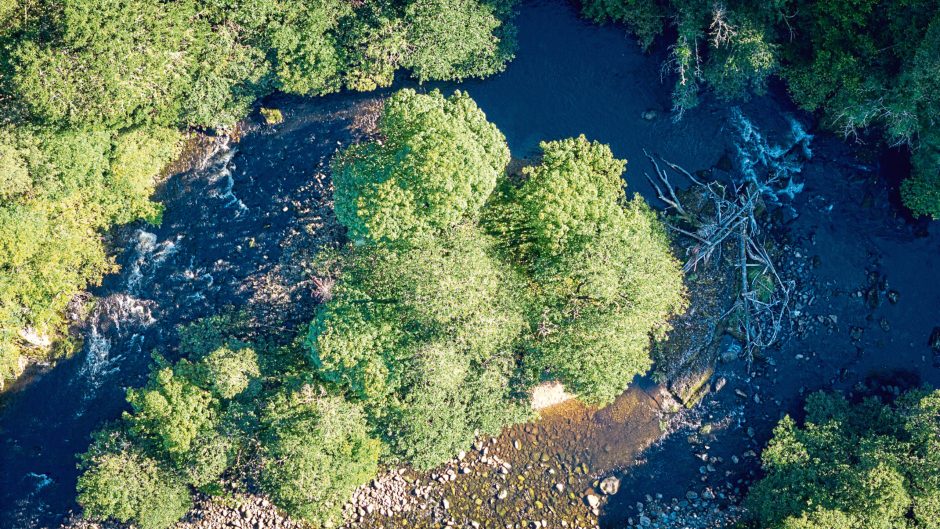
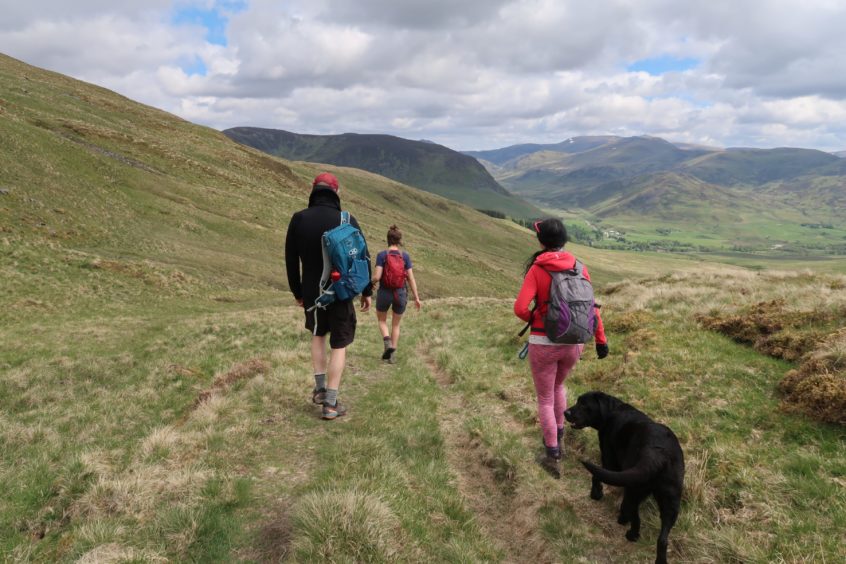
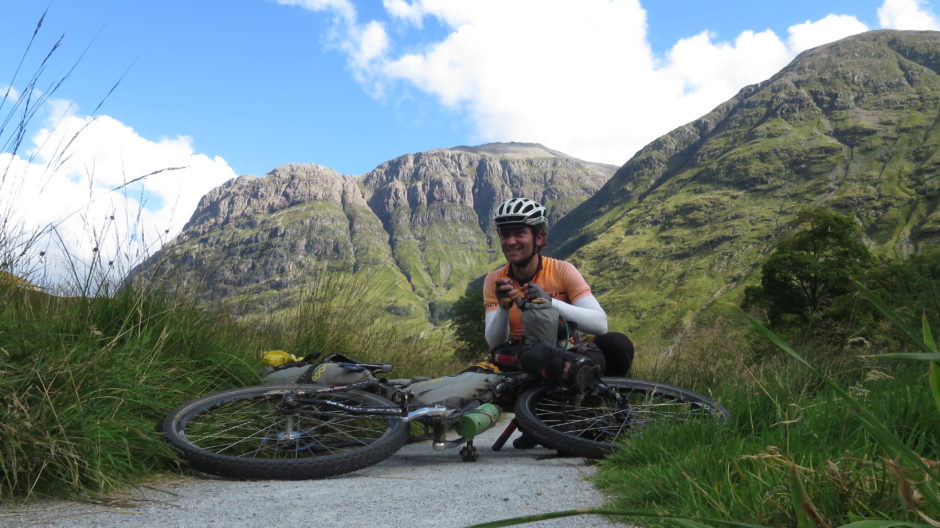
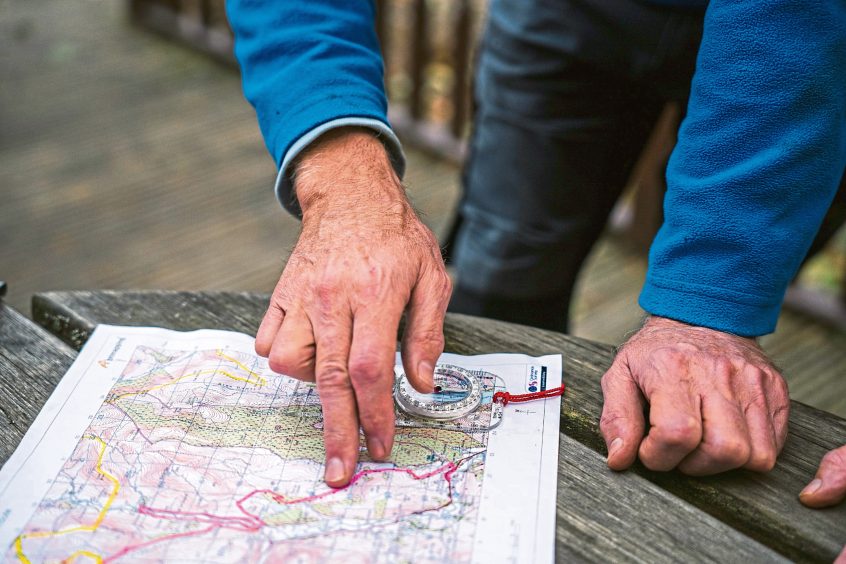
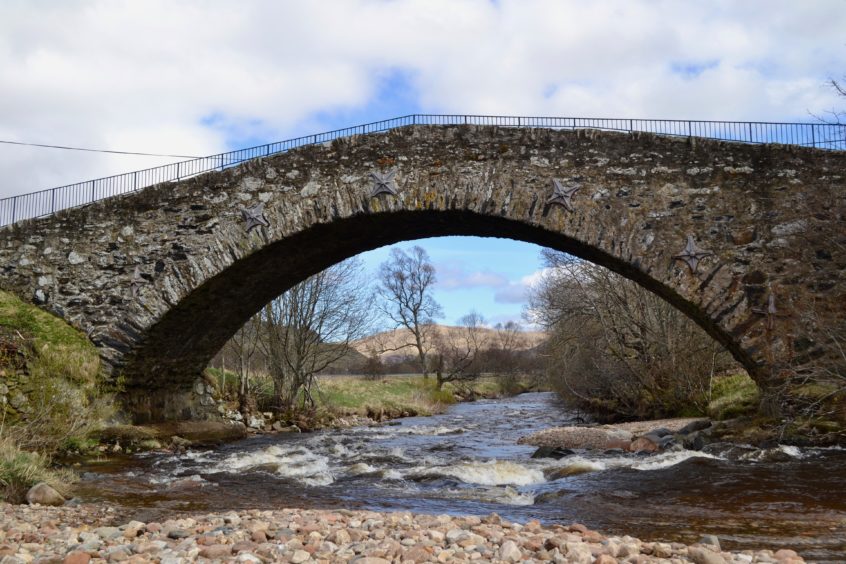
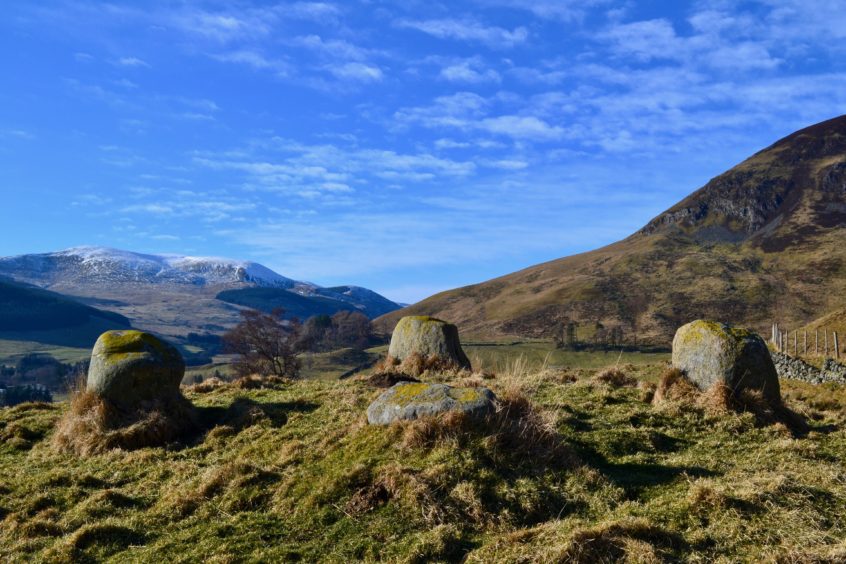










Conversation